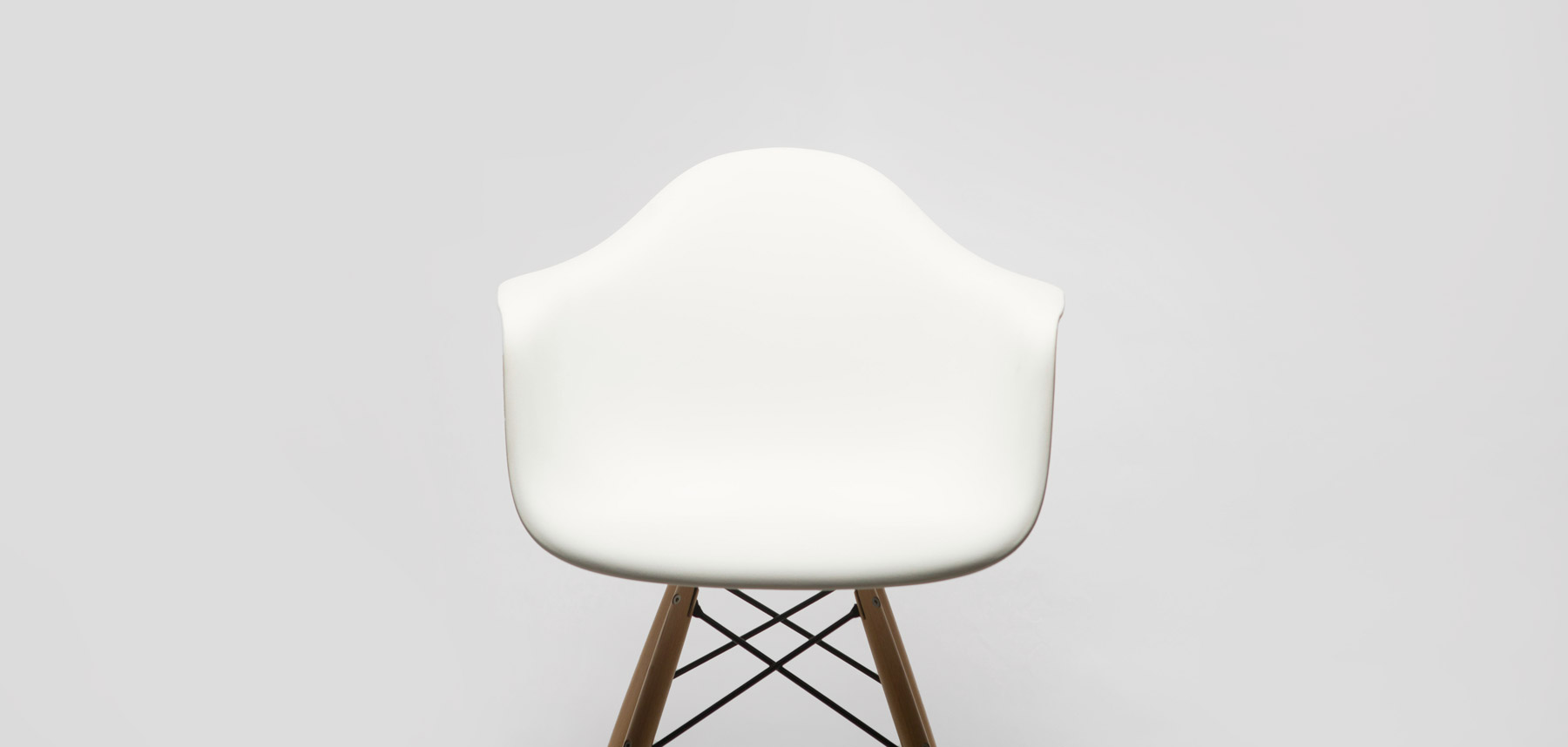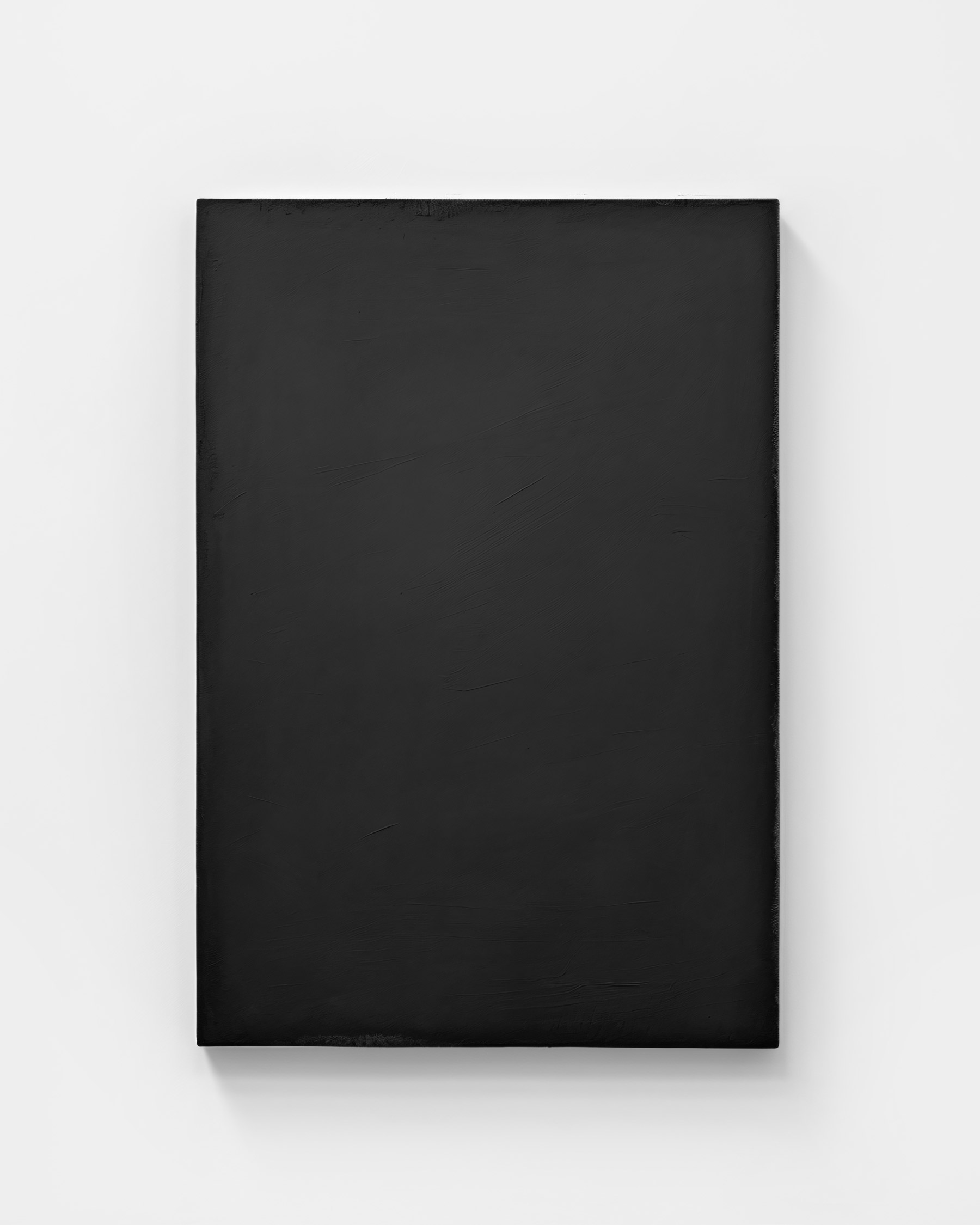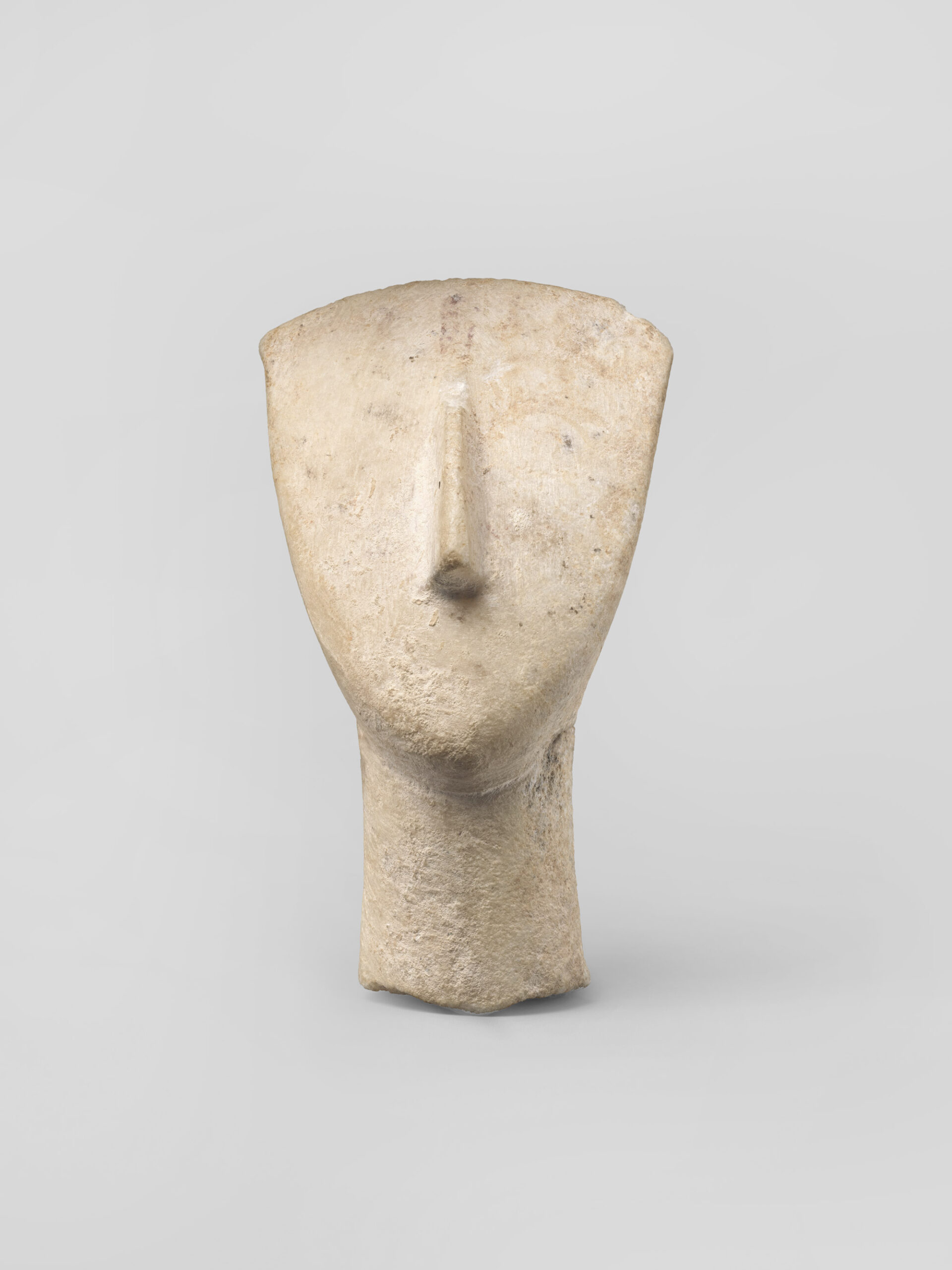The debate on timeless aesthetics is a complex and multifaceted discussion. There are many different perspectives on what makes art and design enduring and timeless.
For centuries, these disciplines have served as powerful symbols of beauty and culture. But what makes some pieces stand the test of time while others fade away? Can timelessness be achieved with minimalist aesthetics? And what constitutes timelessness in the first place? Isn’t it a purely subjective feeling? This is what I want to explore in this week’s column.
Timelessness as an abstract concept
Timelessness is an elusive and abstract concept. Who judges whether something is timeless or not? Just because I like design and art from the 1950s and consider them timeless, doesn’t mean everyone else feels the same way. But why is that? What exactly does the term even mean?
By definition, the concept of timeless aesthetics is an unchanging quality that is not bound by time. It describes a state in which a work of art, design, or idea remains relevant and valuable over and over again, regardless of ever-changing fashions and trends. Something timeless also has a universal character that is valid across generations and across different cultures.
What Makes Design Timeless?
In the world of design, the concept of timelessness presents an interesting challenge. In a time when trends change quickly, what does it take to create something that will remain relevant for years to come? Minimalist aesthetics are often considered one way to achieve it because it focuses on simple, clean lines without ornamentation that can remain timeless for many years. However, when discussing the iconic designs of Charles and Ray Eames, which have been around for 70 years, can we truly call them timeless? I will answer this question later.
An important concept when discussing timeless design is the idea of “form follows function” – the idea that the form of a design should follow its intended purpose. This concept was first articulated in 1896 by the architect Louis Sullivan and was later interpreted further by the Bauhaus as a “renunciation of all ornamentation”.1 So, while decorations can typically be associated with a particular stylistic era, timeless design will focus on the function of the piece and avoid any unnecessary ornamentation.

Familiarity as a key factor?
In one of my interviews about aesthetics, I spoke with designer Michael Anastassiades about the concept of timelessness. He said something very interesting: for him, timelessness can be achieved through a simple form, materials that change over time, and familiarity with the product. He believes that less detail in a product will keep it strong in its communication and make it timeless and relevant, and that familiarity with a product can help maintain its novelty over time.
I find his thoughts on the concept of familiarity to be particularly important to highlight here: Many Designers tend to focus on the aesthetic and functional elements rather than the emotions their design is meant to evoke. Familiarity is the foundation of the relationship between the design and the consumer. It builds trust and makes a design intuitive and understandable – isn’t it exactly these emotions that stand the test of time?
What About Art? Can Art be Timeless?
When it comes to art, I, personally, find the definition more difficult. Some argue that art is always a product of its time – an extract from the current personal and (socio)cultural circumstances. Others believe that art, regardless of its style, is timeless. It reflects themes and feelings that are still relevant today.
Let’s take Leonardo da Vinci’s Mona Lisa (La Gioconda) as an example. Although painted over 500 years ago, the Mona Lisa remains one of the most recognizable and iconic paintings in the world. Some might argue that her gentle smile is so timeless that it still inspires and captivates many people today. This is undoubtedly true. However, the style of the artwork is a classic example of Renaissance painting. This leads to the question: what constitutes timelessness in art? Is it the emotion it evokes in viewers?
For many, abstract art with a minimalist aesthetic is timeless. Let’s take the “timeless” sculptures of the Cyclades as an example. Why do their abstract, stylistic forms seem ageless to us? Because they seem familiar to us. We’ve seen such forms before, namely in the work of outstanding artists like Constantin Brâncuși or Alberto Giacometti. At the beginning of the 20th century, these artists were inspired by the reduced and stylistic aesthetic and incorporated it into their art. In doing so, they changed the perspective and perception of these figures. They showed that simple forms can express fundamental human and aesthetic ideals. Before that, these figures were considered “primitive” and ugly and anything but timeless.


Another interesting thought: What if we were to transport paintings by Ad Reinhardt or Mark Rothko back to the Renaissance period? How would they appear next to Renaissance art? What would people of the time think of such works? What emotions would they evoke? This thought experiment offers an interesting perspective on the complexities of timelessness in art, underscoring the importance of context alongside emotional reaction.
A difficult answer
In concluding my thoughts on the concept of timelessness, I’m still left without a definitive answer. Unfortunately, we will not witness whether current designs and artworks will still be considered timeless in 200, 300, or even 500 years. But this raises the question for me: Can our understanding of timelessness only be formed in retrospect? Can something from the future appear timeless to us in the present?
For me, the essence of timelessness is to create something so powerful that it inspires others to create their own work. And each new work that is generated – based on the original – is a testament to the lasting impression of the original piece. And that’s what makes it stand the test of time. Here the concept of familiarity proves itself once again. Both in art and design. Because something that is familiar to us feels timeless.
Regarding Charles and Ray Eames’s iconic designs, it is indeed possible to consider them timeless. Their designs have had such an impact on design and culture, that they still maintain relevance in different contexts. But I think it’s important to mention here that this can also be very subjective – in my humble opinion.
What do you think? What makes something timeless for you? I’d love to hear your perspective!
Further Reading
- https://www.aesence.com/a-conversation-on-aesthetics-with-michael-anastassiades
- https://www.aesence.com/does-good-design-have-to-be-aesthetic/
- https://www.aesence.com/is-abstraction-the-essence-of-art/
- https://www.aesence.com/cycladic-art-the-origin-of-minimalist-aesthetics/
- https://leaddev.com/product-management/do-successful-products-prioritize-familiarity-over-uniqueness
About Exploring Aesthetics:
Sarah loves asking questions and exploring the things she engages with on a daily basis. Exploring aesthetics is her column which discusses art, design, and aesthetics to explore, inspire, and question the status quo.


